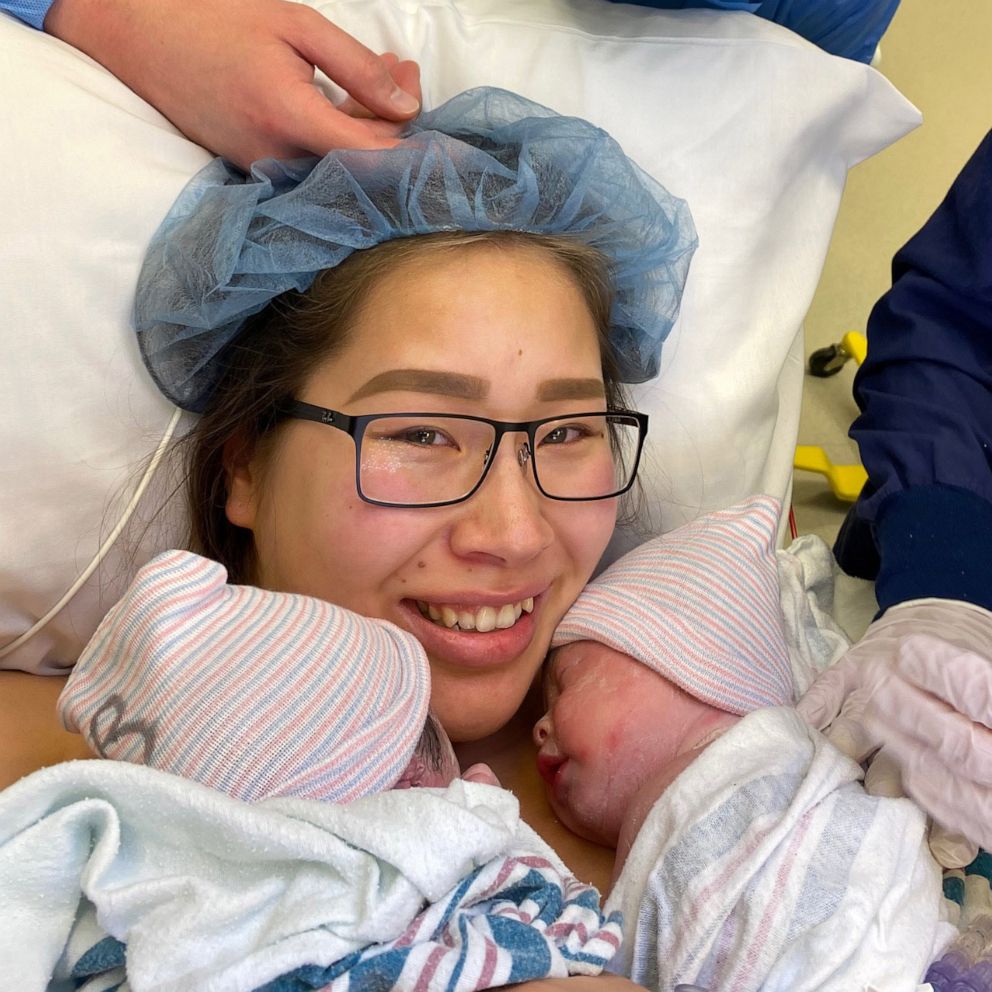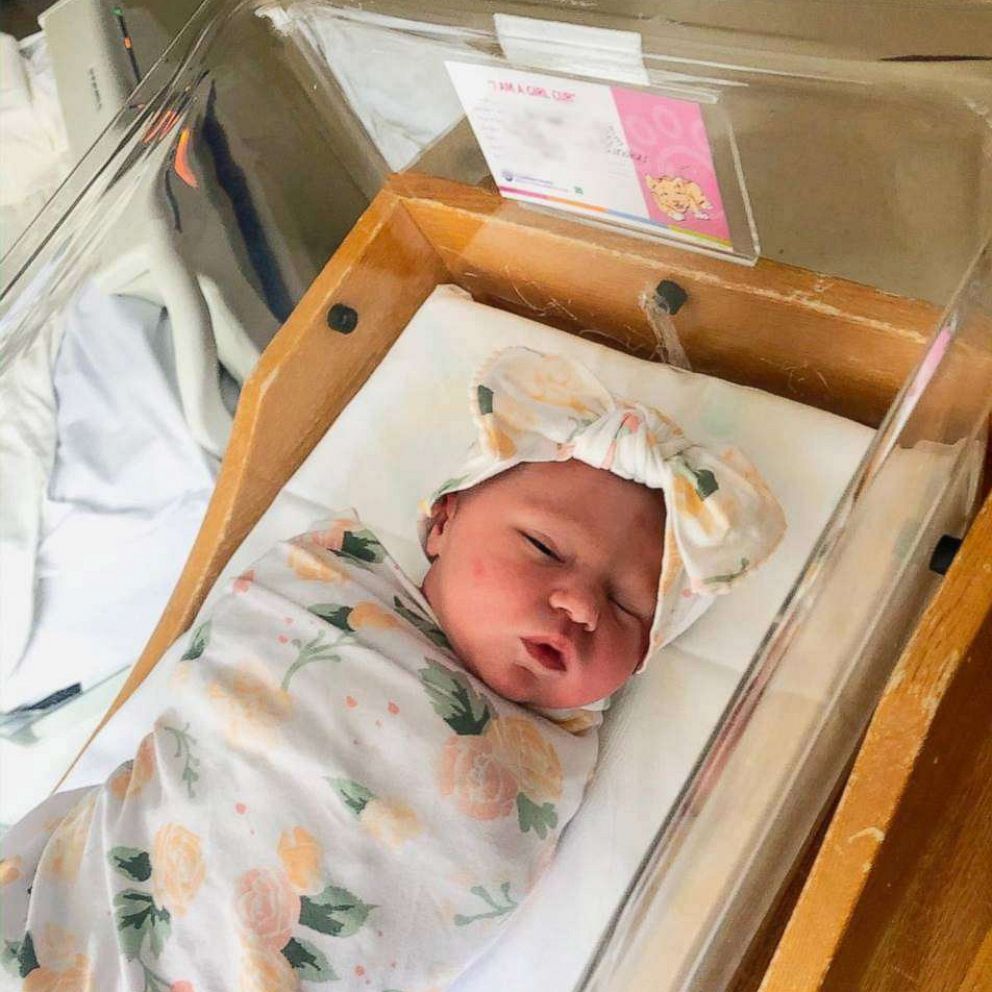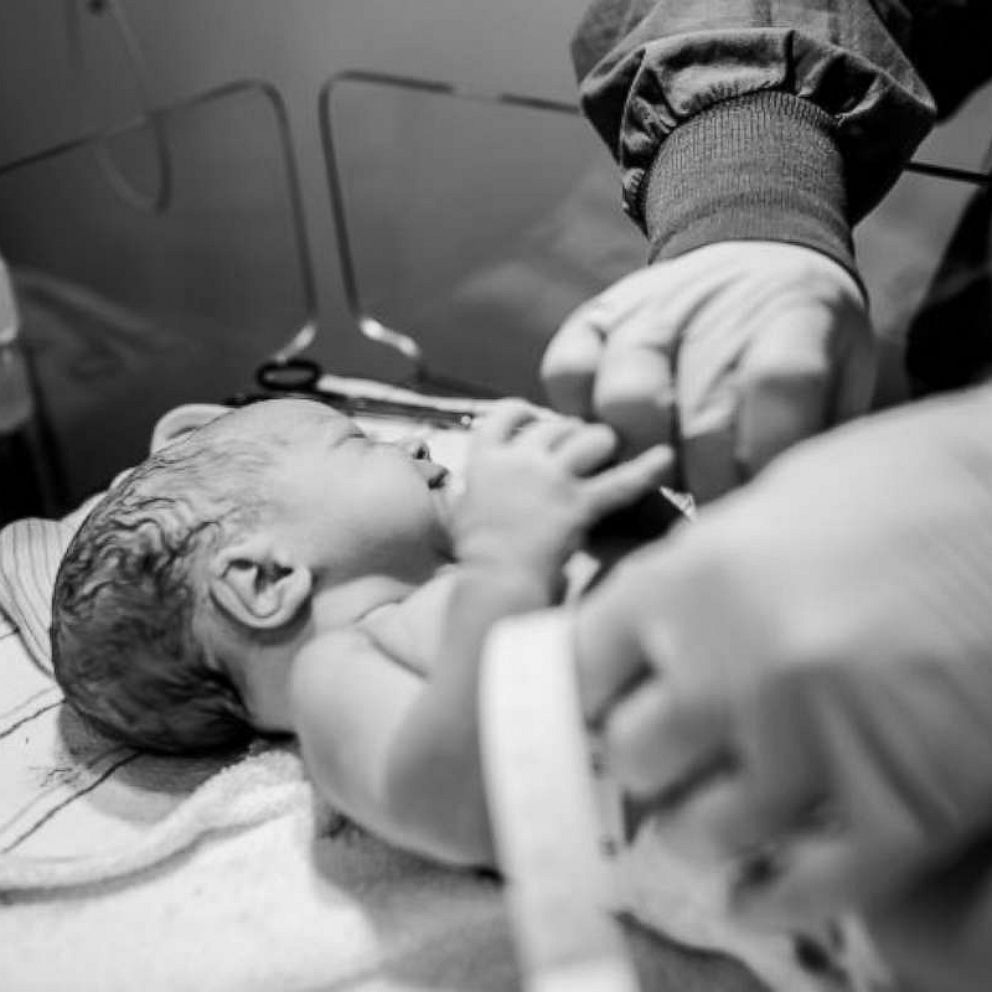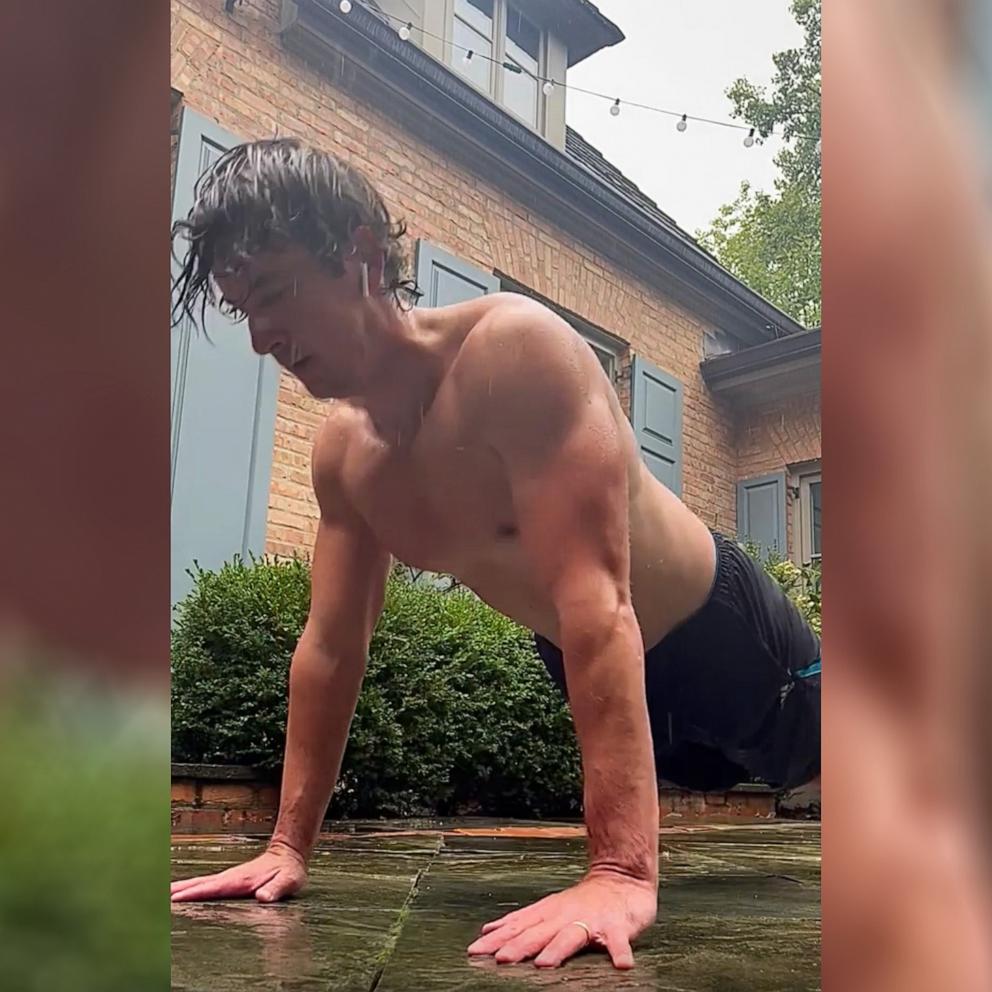This mom from a small Alaskan village isolated for 10 weeks to safely give birth to twins amid COVID-19
A woman who lives on a small, remote island off the coast of Alaska is opening up about her experience having to isolate away from home for 10 weeks in order to safely give birth to twin daughters amid the coronavirus pandemic.
Cara Lestenkof-Mandregan, 27, is a native of St. Paul Island, which has about 400 residents and is located in the Bering Sea between the U.S. and Russia.
The island is nearly 800 miles, or a three-hour flight, from Anchorage, Alaska, where residents travel for specialized medical care, according to Lestenkof-Mandregan.
When Lestenkof-Mandregan, a health care aide at the island's only medical clinic, found out in late 2019 that she was pregnant, she expected to follow the normal protocol for expectant women on the island -- flying to Anchorage for an initial prenatal appointment and then later an ultrasound, and then flying again at 36 weeks pregnant in order to deliver at an Anchorage hospital.
That all changed when Lestenkof-Mandregan and her boyfriend, John Melovidov, found out they were expecting twins, making Lestenkof-Mandregan's pregnancy a high-risk one requiring more-specialized medical care. Things changed again when a few months into her pregnancy, the coronavirus pandemic hit and cases of COVID-19 began emerging in Alaska.
"I found out from my doctor that I'd have to travel every two weeks after my 16-week appointment and my jaw dropped," Lestenkof-Mandregan told "Good Morning America." "And then shortly after we found out that cases had made it to Alaska. ... The only reason you could leave the island was for essential medical trips."
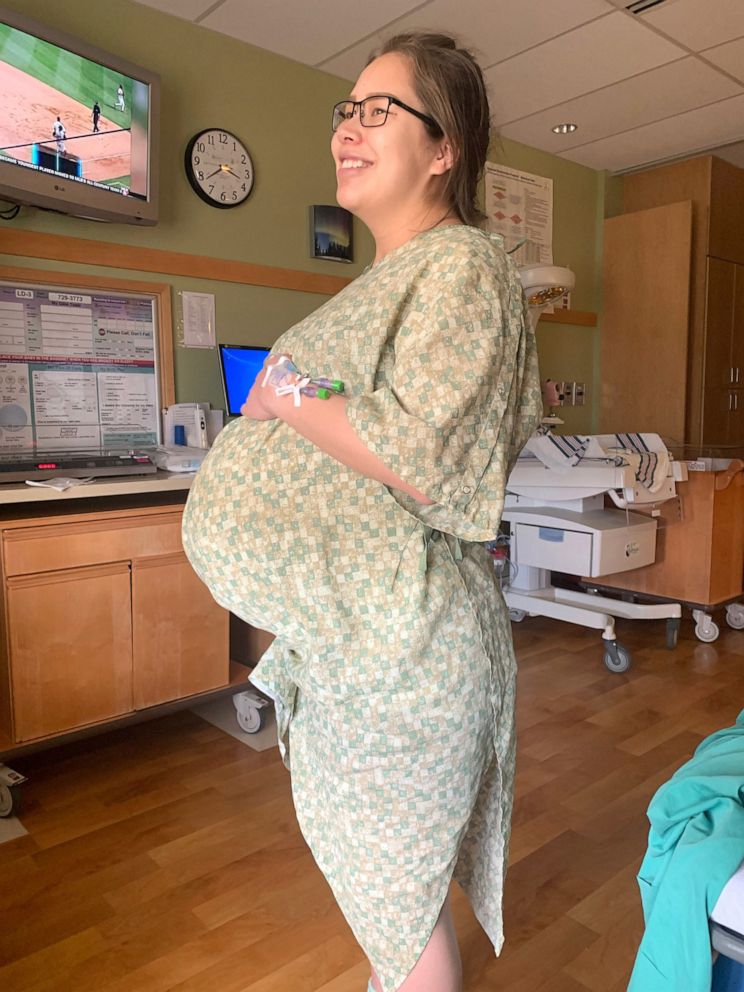
Lestenkof-Mandregan knew that if she were to travel for doctor appointments, she would then have to quarantine for two weeks back on the island. She also knew, from her work in the local medical clinic, that she did not want to risk contracting COVID-19 and spreading the virus to the island.
"I was thinking, 'I'm pregnant and I have to protect myself and my babies,'" she said. "And the [other] fear was that if I had the virus, it would spread faster than a wildfire on the island."
In April, while she was still in her second trimester of pregnancy, Lestenkof-Mandregan made the decision, along with Melovidov and her doctor, to leave her life on the island behind and isolate for 10 weeks in Anchorage so that she could safely give birth there in a hospital.
The decision also meant leaving behind her close-knit family, who are Alaska Natives and members of the Unangan tribe.
"It was really hard," said Lestenkof-Mandregan. "We had not seen our families since March 13, so to know that we weren't going to visit with them for many more months, that was really tough."
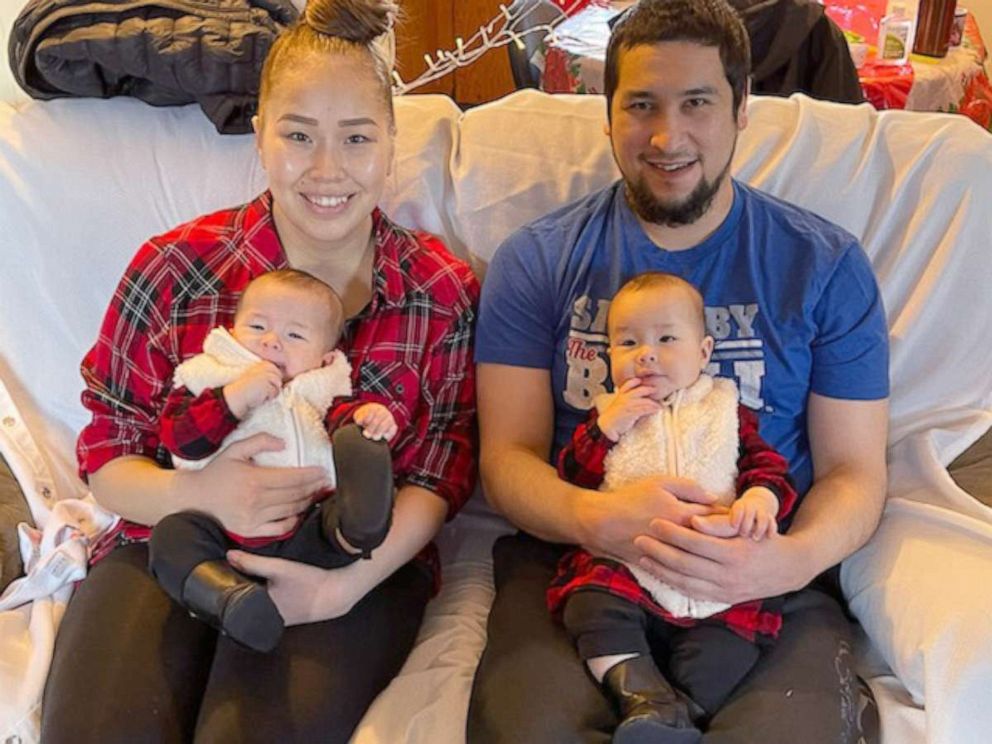
Medical staff at the Alaska Native Medical Center in Anchorage chartered a plane for Lestenkof-Mandregan, Melovidov and another patient to fly to the medical center. In Anchorage, Lestenkof-Mandregan and Melovidov stayed at a Ronald McDonald House that provides temporary housing for Alaska Natives who are pregnant.
"The only time we left was for appointments," recalled Lestenkof-Mandregan. "And at the appointments, John wasn't allowed in [due to COVID-19 restrictions] and after we'd go back into patient house [from the appointments], we'd sanitize and redress."
While many questions remain about how pregnant people are impacted by COVID-19, the U.S. Centers for Disease Control and Prevention has shared data showing that pregnant people infected with COVID-19 are at an increased risk for "intensive care unit admission, invasive ventilation, extracorporeal membrane oxygenation, and death," compared to nonpregnant people.
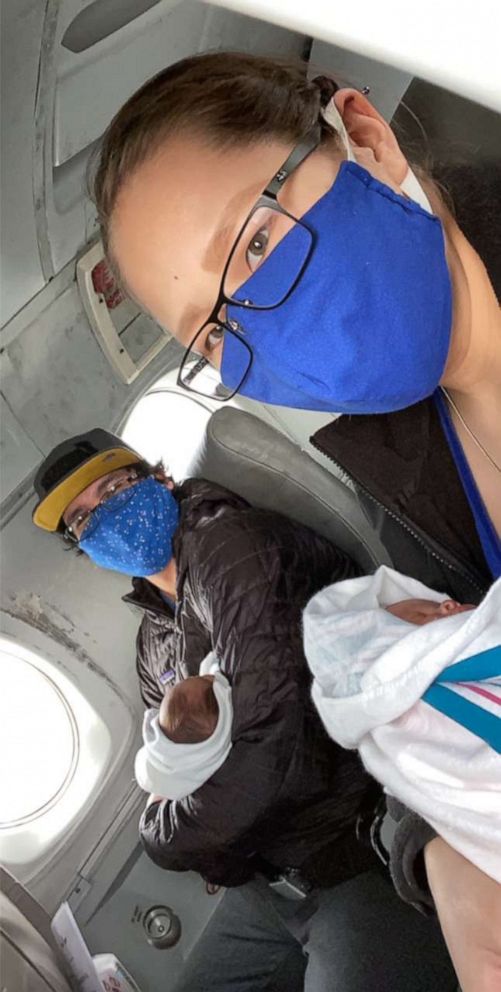
With the precautions they took, neither Lestenkof-Mandregan nor Melovidov contracted COVID-19. Lestenkof-Mandregan was able to safely deliver her twin daughters, Mila and Anna, on June 22, 2020.
The family of four then had to wait another nearly three weeks for a return flight home to St. Paul Island due to weather and COVID-19 restrictions in place, and then had to quarantine for another two weeks once they returned home.

"We definitely have a lot to share with them," Lestenkof-Mandregan said of telling her 8-month-old daughters how they came into the world. "We're going to let them know that it was a very scary time and we did everything we could to protect them and keep them safe."
"Everything was all brand new to us," she said. "Being parents is brand new to us and being parents during a pandemic is new to us."
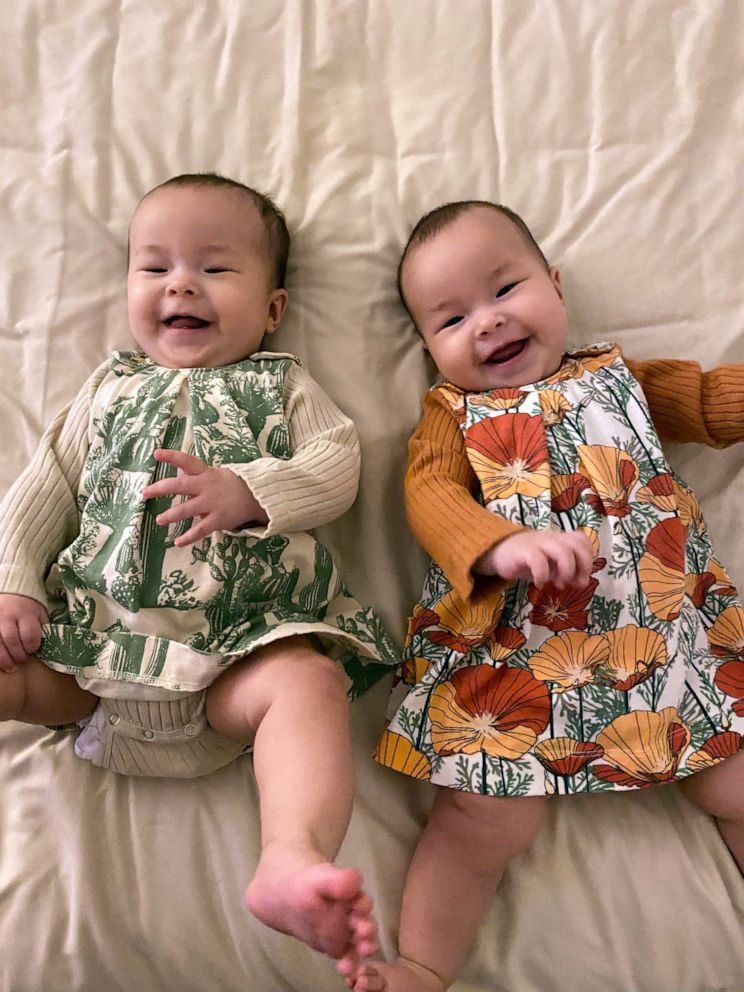
Going to extremes during the coronavirus pandemic
Lestenkof-Mandregan's decision to isolate nearly 800 miles from home demonstrates the extreme means people in rural areas of Alaska have had to take to get medical coverage amid the pandemic.
Her story was first told by Alaska Public Media, with support from the USC Annenberg School of Health Journalism 2020 National Fellowship.
Earlier this year, a team of all-female health care providers traveled in one day by plane, sled and snowmobile to deliver COVID-19 vaccines to people across rural northern Alaska.
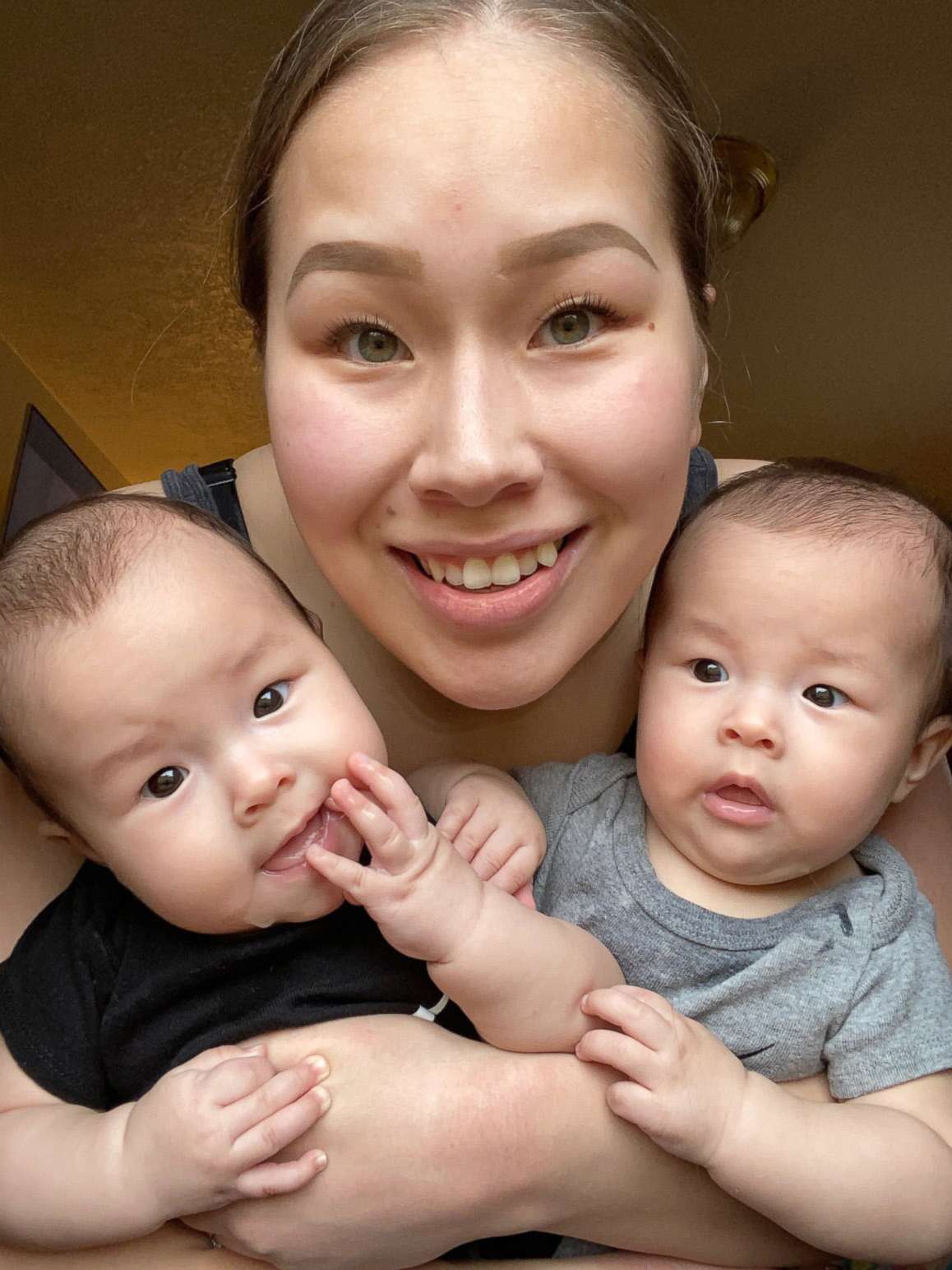
In Lestenkof-Mandregan's case, her staying in Anchorage to receive prenatal and postpartum care has its roots in a change doctors in Alaska made in the 1980s to try to lower the state's neonatal mortality rate, which at the time was one of the highest in the country, according to Dr. Matt Hirschfield, medical director for Maternal Child Health Services at the Alaska Native Medical Center.
A neonatal death is defined as coming in the first 28 days of a newborn's life.
"Rather than moms delivering in villages, we try and get Alaskan native moms from rural Alaska to a place that's safe to deliver, which is a huge disruption on how deliveries have happened historically with Alaska native people," Hirschfield told "GMA." "Usually it happens in the village with a lot of women around and now it happens in a big medical center, if it's a high-risk delivery, and usually it's just the mom and, if possible, the dad comes in."
"Alaskan native moms really bought into this and have for the past 20, 30, 40 years have agreed that delivering in a place with good medical care is much safer for them and their babies, and that has been a huge reason why our neonatal mortality has dropped," said Hirschfield, who noted the important role village elders played in making the change.
"Grandmothers who had lost a lot of babies in the past, they were key parts of making this happen because they talked to their granddaughters and daughters about going outside to deliver because they had lost babies in the past," he said.
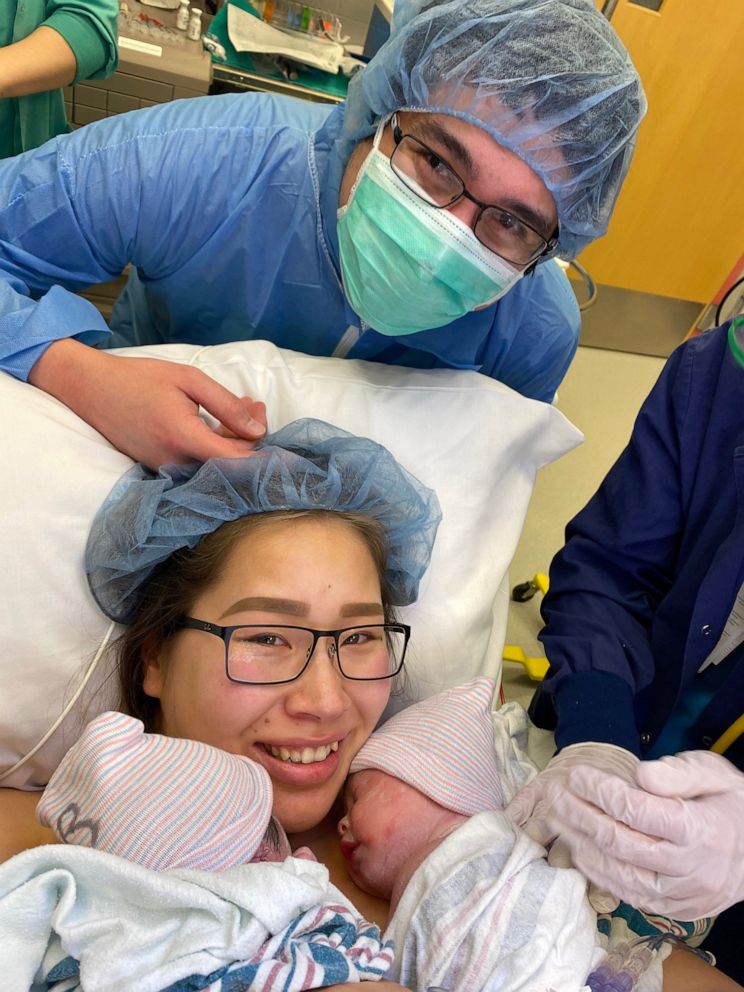
Hirschfield, a pediatrician who helped care for Lestenkof-Mandregan's twins shortly after they were born, said health care professionals like himself -- even in non-pandemic times -- depend on a level of ingenuity to provide health care to Alaskan native people across more than 200 villages.
During the coronavirus pandemic, they've had to take their creativity "up a notch," according to Hirschfield.
"Now we're much more creative with trying to figure out how to do things by telemedicine to keep families as close to home as possible, because once you remove them from the village it can be very difficult to get them back," he said. "It can take weeks or up to months to get them back depending on what's happening with COVID in the region."
